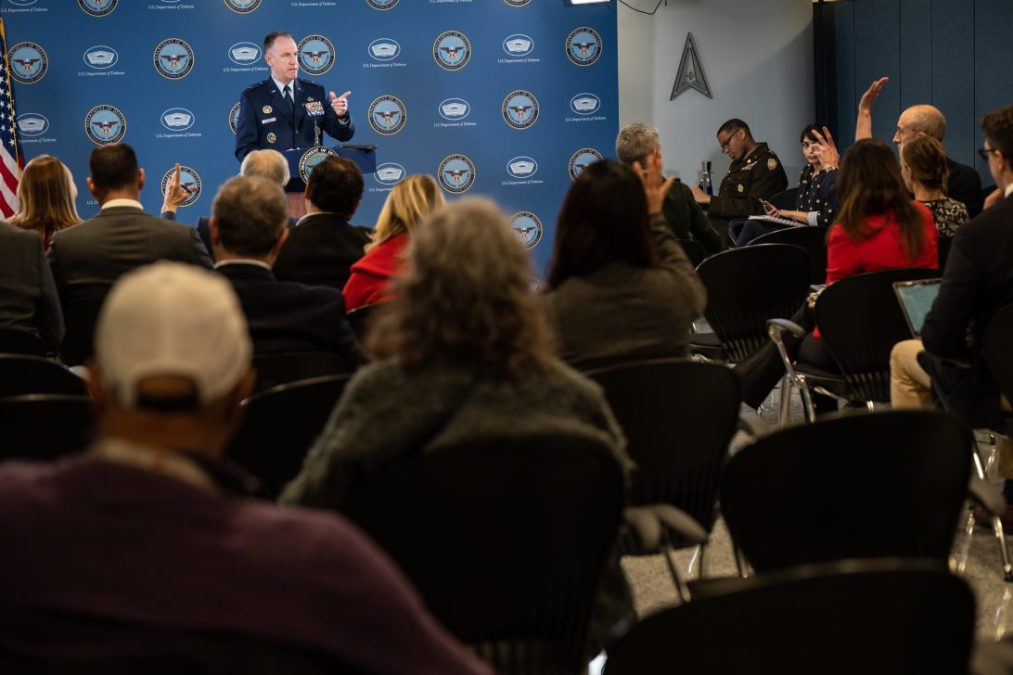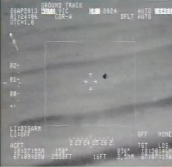DOD building ‘body of knowledge’ to better detect China’s suspected spy balloons

The U.S. military’s mission to recover the suspected Chinese spy balloon shot down off the South Carolina coast on Saturday is ongoing. But even ahead of its full retrieval of the system’s payload, the Defense Department has already drawn a number of key insights about what officials are calling a much “larger Chinese surveillance balloon program,” Pentagon Press Secretary Brig. Gen. Pat Ryder said during a press briefing on Wednesday.
“We’re confident that what we’ve learned about this program enables us to be able to monitor and be on the lookout for these kinds of capabilities. And when you think about the wide array of activities that we monitor globally, but most importantly when it comes to defense of the homeland along our coasts and our skies, by being able to identify the characteristics of things like this or other potential threats, it all gets put into a broader library, so to speak, of information that our analysts can monitor, track and detect, and then respond appropriately,” he said.
Divers and explosives ordnance technicians were permitted on Tuesday to conduct underwater salvage and recovery efforts, and underwater survey activities with unmanned underwater vehicles are also still unfolding. The USS Carter Hall remains in the vicinity of the debris field and is leading the recovery efforts. Coast Guard cutters are also providing security for these operations while “FBI and NCIS agents continue their work cataloging debris and transporting it for further processing,” according to Ryder.
The downed balloon, which DOD maintains gradually maneuvered and allegedly collected intelligence across the continental United States last week, was the first of its kind to be officially acknowledged by the Pentagon. However, Ryder confirmed during the briefing that the government is assessing at least four other ballon-type objects that previously lingered over the U.S., but did not traverse completely across it.
At least three Chinese balloons were reported during the Trump administration, and two since President Biden took office, according to officials.
“So, beyond the fact that they share the common characteristic of being surveillance balloons, right — intelligence collection assets that the PRC is employing — the only other thing I’ll say is that we do know there’s variation in the various sizes and capabilities of balloon. But beyond that, I’m not going to go into specifics,” Ryder said.
Ryder declined to provide any further information about the flight paths of balloons in China’s fleet.
In a recent review of U.S. military and government sightings of unidentified anomalous phenomena (UAP), officials mentioned that more than 160 reports were eventually characterized as balloon or similar capabilities.
When asked by DefenseScoop on Wednesday whether the U.S. government assessed that a “Chinese fleet” existed after this balloon was spotted or based on what was determined in past UAP investigations, Ryder simply said “we were tracking this before this particular incident,” and that “our awareness and understanding of this capability has increased over the last couple of years.”
The DOD and intelligence community are now “trying [their] best to provide the public with as much information” as they can on the broader balloon program — without compromising any sources or collection methods, he told DefenseScoop.
Some critics and lawmakers have been vocal about their views that this incident demonstrates gaps and weaknesses in the U.S. government’s ability to predict or sense adversarial threats. One former active duty officer told DefenseScoop this week, for example, “in a nutshell, I think this is an embarrassment to our Defense Department on so many levels.”
In the press briefing on Wednesday, Ryder maintained that this “was not an intelligence failure,” but a “unique opportunity” that is contributing to the making of a “body of knowledge on this program,” which DOD will “apply to defending our skies and protecting our citizens well into the future.”
“We’ve been able to learn a lot about what they’re doing and their intent. We observe a lot of things every single day in a lot of different ways from an intelligence collection standpoint, and those are things that we’re not necessarily going to talk about publicly for obvious reasons. There’s also benefit in us knowing what they’re doing and not publicly talking about what they’re doing. But in terms of monitoring these and collecting on them, we have been able to put together a body of knowledge that enables us to be able to detect them and act appropriately,” Ryder said.
He added that he would not be surprised if China “starts to reevaluate its dirigible collection program.”






